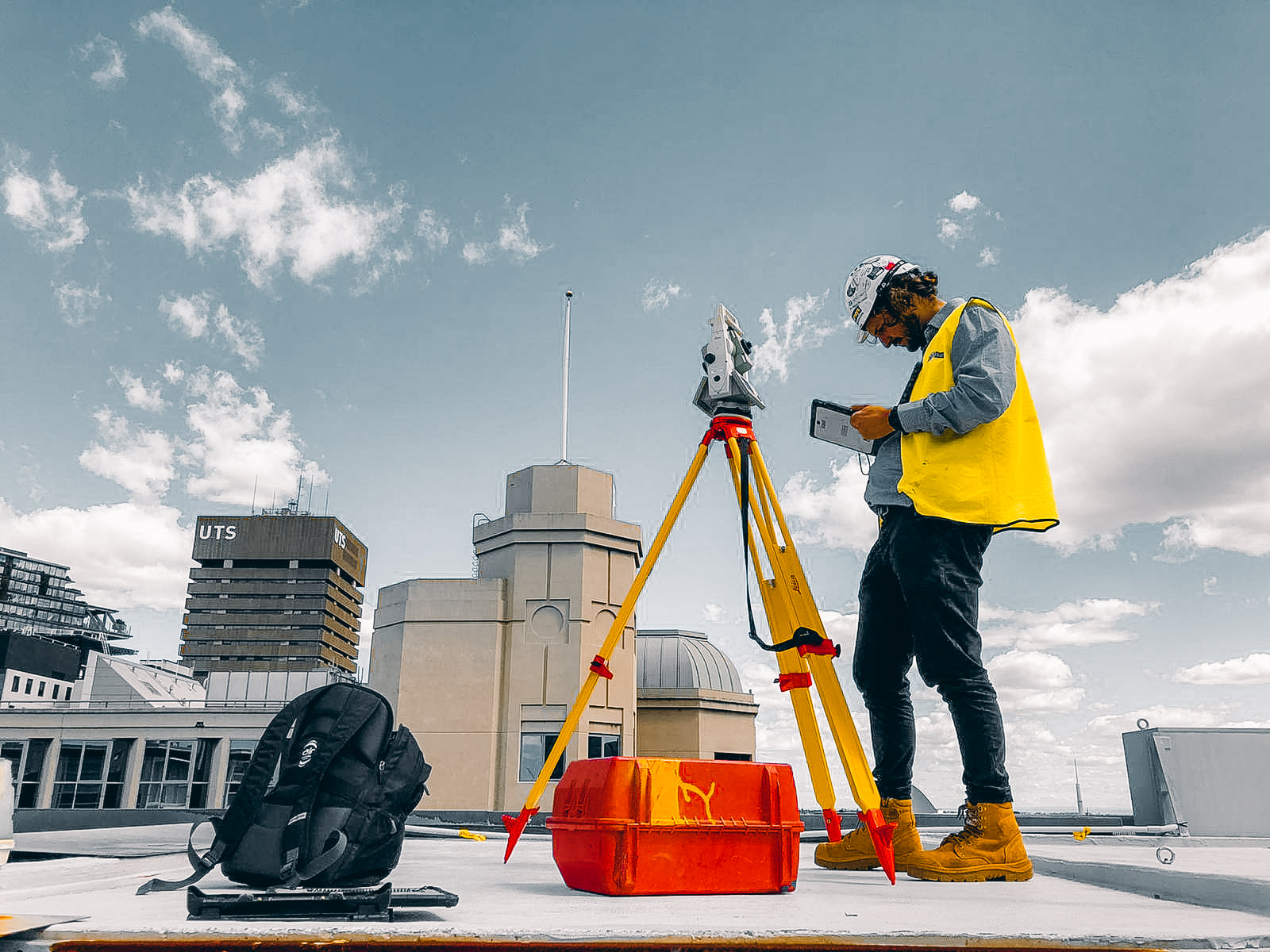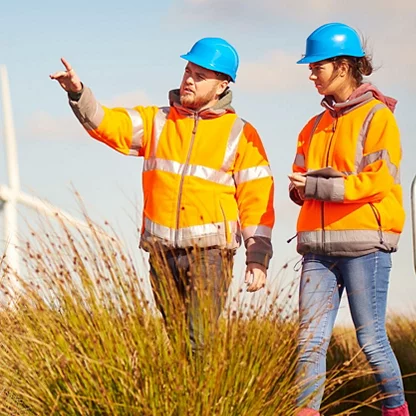Accurate surveys are important for a wide range of purposes, including determining property boundaries and supporting construction projects. They also help project managers and owners get a clear picture of a site’s conditions before it’s built.
Fortunately, Sydney surveyors have the expertise and experience to deliver accurate surveys on time and within budget. Whether you need a boundary survey, contour survey, engineering survey or aerial survey, we’re here to help.

Boundary Surveys
Accurate surveys are an important part of property ownership. Whether you want to build a fence, add a sunroom or pave your driveway, a boundary survey makes sure that the construction is done correctly on your property and that it doesn’t encroach on your neighbors property or violate building codes.
A boundary survey typically consists of a combination of field work and research. The research phase involves a series of steps to determine and locate the boundaries of a parcel of land.
First, the surveyor does extensive registry research in the county recorder of deeds. This involves locating and reviewing the deeds for each parcel.
After that, the fieldwork begins and the surveyor explores the property and marks each corner.
After the fieldwork is completed, a surveyor will begin to construct a map or plat of the property showing all the boundary lines and monuments that are located on the property. This is the most visible portion of a boundary survey and usually accounts for about a third of the total survey.
Contour Surveys
If you’re building a home or other structure, a contour survey is essential. This helps determine the layout of your land and whether there are any retaining walls required.
Contour surveys are often performed alongside soil tests. This allows for a more accurate estimate of how much soil you’ll need to remove and how much it may impact the build.
The accuracy of contour surveys depends on the type of topography that your land has. Closely spaced contour lines describe steep slopes, while widely spaced lines indicate gentle terrain.
When it comes to estimating the accuracy of your survey, it’s crucial to hire a reliable and experienced contour surveyor. Land surveyor in Sydney provides professional survey services in Australia.
Engineering Surveys
Engineers and architects use surveying data to help them with planning, design and construction of their buildings. It can include topographic surveys, 3D laser scanning surveys and more.
During the design, planning, and pre-construction phases of a project, surveyors are responsible for taking precise measurements, updating boundary lines, and preparing space or land for construction. They also provide important information to project managers and owners that will help them determine whether a site is usable for the intended purpose.
In the United States, the American Society of Civil Engineers (ASCE) defines engineering surveying as activities involved in the planning and execution of surveys for the planning, design, construction, operation, and maintenance of engineered projects. ASCE believes that the provision included in NCEES Model Law that “surveying incidental to the practice of engineering” is equivalent to this definition of surveying.
Aerial Surveys
Aerial surveys are an increasingly popular form of surveying that allows surveyors to cover a large area and get high-resolution images. The photos can be used to create a range of products, including topographical maps, aerial photographs and more.
A surveyor will first identify the area of interest and set up a temporary site where they can take the aerial photos. They will also need to be careful not to interfere with any buildings or people on the property during the survey.
Aerial surveys are a fast and efficient way to capture high-quality imagery. They can be completed in one single flight and are ideal for larger sites or areas that are hard to reach.





